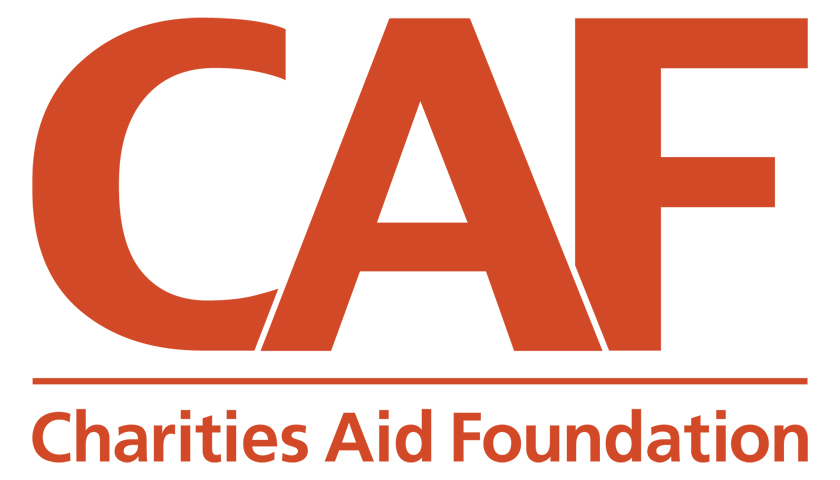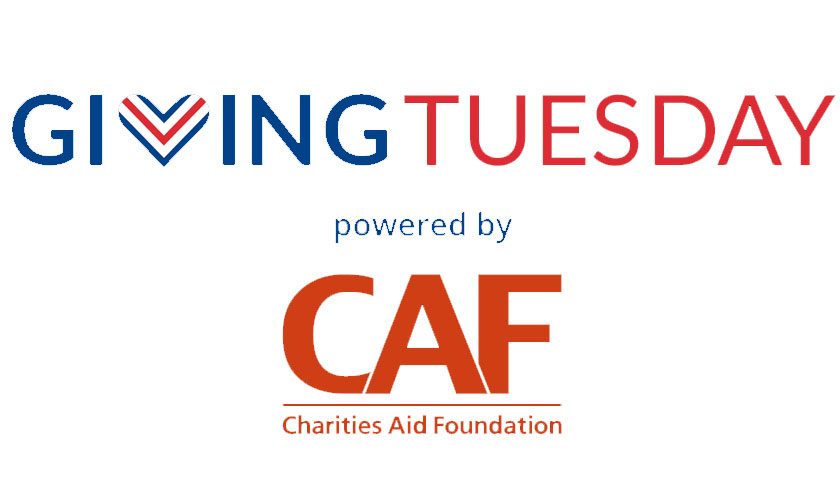Much-higher demand and sustained financial challenges are leading half (50%) of charities to say they are at full capacity and cannot help anyone else. New research from the Charities Aid Foundation (CAF) with more than 650 organisations found that one in seven (15%) say they are having to make the difficult decision to turn people-in-need away.
Charities such as food banks, community groups and support services are providing a safety net for the most vulnerable in communities. But due to the pressures of the cost-of-living crisis less than a third (31%) of charities say they have the capacity to help any more people. A children’s support service in the South East said, “the overall picture for our charity is uncertainty and anxiety” and a Northern charity reported that they are “stuck in a vicious circle that we are trying to break out of.”
As a result, charities are having to take steps to meet the mounting demand. Of those at full capacity, more than half (51%) are making judgements to prioritise people most in need. More than a quarter (28%) have created a waitlist, and 9% have stopped taking any referrals. An autism charity in the South- East said that “it now takes two minutes to fill 50 spaces when we open the waiting list to new referrals.”
CAF’s research also found that a quarter (25%) of charities with capacity issues are scaling back what they do to focus on core services and one in seven (16%) are considering charging fees for their services simply to meet the need. Two-fifths (41%) are signposting to other organisations, many of which are facing similar problems.
Furthermore, the issues charities are dealing with are becoming more complex. Nearly half (47%) of charities surveyed say that more people are coming to them in a state of extreme need compared to this time last year, and two-fifths (40%) are helping more people to navigate public services than a year ago. As part of the research, a poverty relief charity in London said: “It seems relentless, more and more people in even greater need and staff feel helpless, while some continue to struggle themselves.”
The challenges of the cost-of-living crisis for charities of higher demand, lower income from donations and grants and inflated costs, are reinforcing one another to put many charities in a precarious position. Nearly two-thirds (61%) of charities say they are having to do more with less compared to a year ago. In order to try to bring more income in, two-fifths 40% are using their reserves to meet operational costs and a similar amount (38%) are asking funders for help with increased costs. Despite overwhelming need for their services, 12% are forced to reduce staff numbers or make redundancies.
Neil Heslop OBE, Chief Executive of the Charities Aid Foundation, said:
“Many charities are stuck in a Catch 22 situation. They face higher demand, while struggling with declining income, and significantly higher costs. Despite being the last port of call for the most vulnerable in our society, they are having to make very difficult decisions to introduce waiting lists, charge fees or turn people away who desperately need their help.
“The pandemic and support in the Chancellor’s 2023 Budget brought stop-gap solutions, without which many more charities would have folded. But with charities facing significant uncertainty, we need Government to take the lead and introduce a turnaround plan to support a strong charity sector and thriving civil society for the future.”

